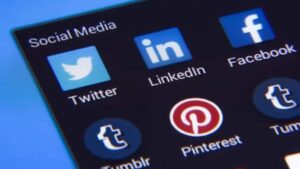I’m a planner. I’m the person who doesn’t understand how people can operate without a plan. I need to plan the work.
Developing a plan encourages me to think of all the different elements or considerations. I research, assess, and figure out the steps to succeed. Without a plan, I’m certain something will get missed or fall through the cracks, especially during busy times. For this reason, I am a fan of building a content library.
Building a content library helps:
- Guide your content development
- Ensure consistent delivery even when you’re swamped
- Promote organization so content is easy to find and utilize
Over the years, I have seen studies that report up to 80 per cent of a company’s content does not get utilized. People either do not realize content is available, do not have time to look for it, or simply find there is too much content to sort through. Better organizing your marketing content into a library solves all of these concerns.
Where to begin?
- Develop a Content Marketing Mission Statement. Why are you developing and distributing content? The why needs to come before the what. Identify your purpose or objective for content marketing. Here’s another way to look at a content marketing mission statement: Who is your audience? What do you want to deliver to them? What is the desired outcome for the audience?
Your content marketing mission statement may read like this: To deliver insights, advice, and resources to grow seed industry businesses. The audience is made up of players within the seed industry. You are delivering insights, advice, and resources. And the outcome of providing content is to grow their business.
Creating a content marketing mission statement (or refreshing an existing mission) serves like a content audit. If the content does not support your mission, then the content shouldn’t be included in the library.
- Meet with team members like sales managers to learn what they would like to see in a content library. How do these people find content; how should the library be set up for easy searching? Where should you host the library for easy access?
As an added bonus, this conversation will help identify potential content gaps or different types of tools needed.
- Context and Categorization. People will skip over content or use it in unintended ways because they may not understand what it is or how to utilize it. Consider adding some context for each asset within the library.
The work doesn’t end with creating your content library. Remember to actively publicize the development of a library tool to your internal team. Then, update them regularly as you add more resources.









